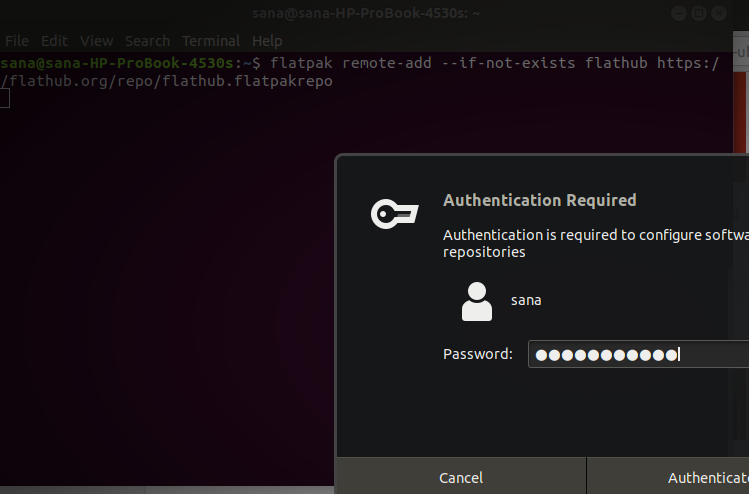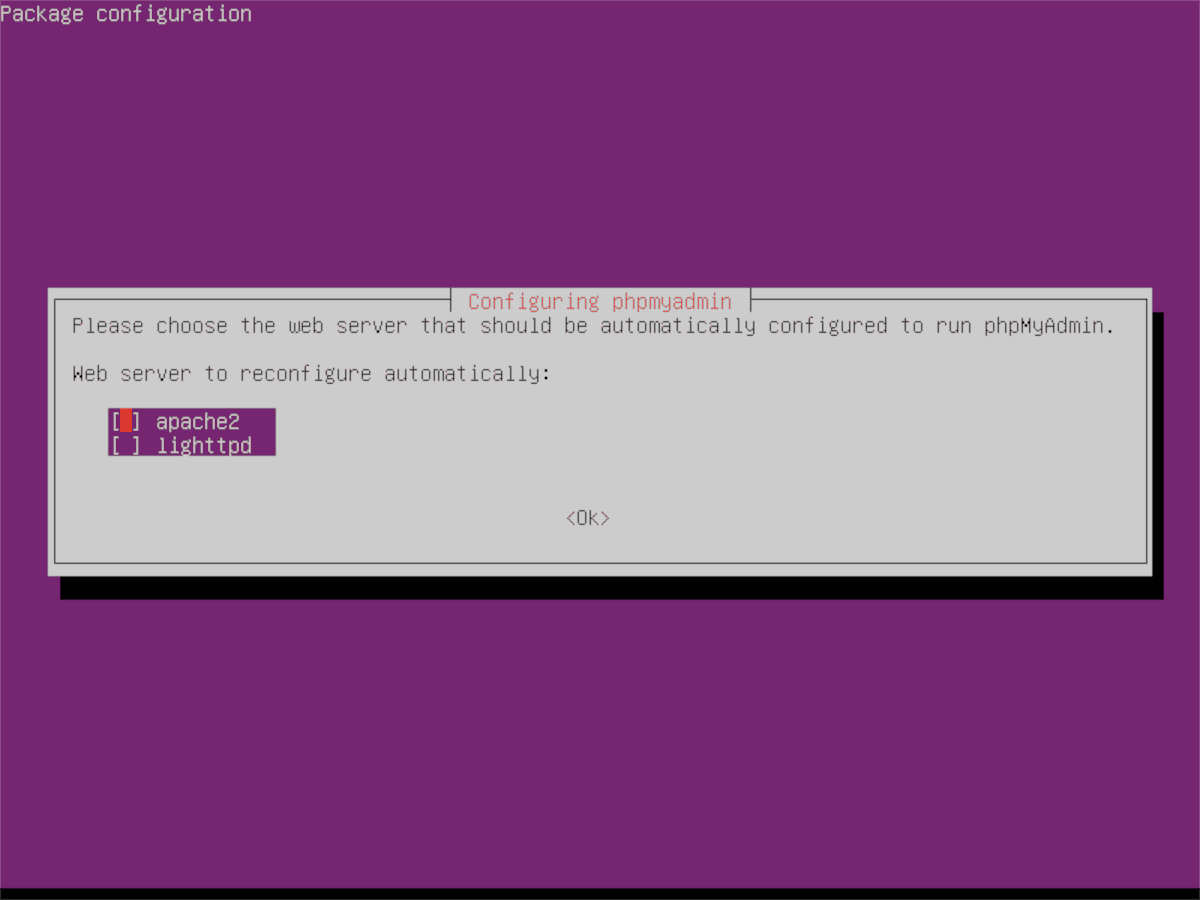

Then Start the monit service using command Then Set the Value 0 to 1 set the “startup” variable to 1 in order to allow If failed host 127.0.0.1 port 3306 protocol mysql then restartĬheck file mysql_rc with path /etc/init.d/mysql Start program = “/etc/init.d/mysql start” Stop program = “/usr/local/freeswitch/bin/./freeswitch -stop”Ĭheck process mysql with pidfile /var/run/mysqld/mysqld.pid Start program = “/usr/local/freeswitch/bin/./freeswitch -nc -u www-data” Stop program = “/etc/init.d/fail2ban stop”Ĭheck process freeswitch with pidfile /opt/freeswitch/run/freeswitch.pid Start program = “/etc/init.d/fail2ban start” If failed port 22 protocol ssh then restartĬheck process fail2ban with pidfile /var/run/fail2ban/fail2ban.pid Start program = “/etc/init.d/tomcat restart”Ĭheck process sshd with pidfile /var/run/sshd.pid Stop program = “/etc/init.d/redis-server stop”Īlert host tomcat with address localhost Start program = “/etc/init.d/redis-server start” Start program = “/etc/init.d/nginx start”Ĭheck process redis with pidfile /var/run/redis/redis.pid If 5 restarts within 5 cycles then timeoutĬheck process nginx with pidfile /var/run/nginx.pid If failed host 192.168.1.77 port 5432 then restart Start program = “/etc/init.d/postgresql stop” Restart program = “/etc/init.d/postgresql restart” Start program = “/etc/init.d/postgresql start” Adding additional configuration parts from other files or directories.Ĭheck process postgresql-9.2 with pidfile /var/run/postgresql/9.2-main.pid And then switch to root user for installing and setup the Munin Server monitoring solution. Open command terminal or access the server via SSH.
#UBUNTU MONIT PASSWORD#
Enter the username as admin and password as monit. Steps to Munin Monitoring on Ubuntu 20.04 LTS Linux. #allow localhost # allow localhost to connect to the server andĪllow admin:monit # require user ‘admin’ with password ‘monit’Īllow # allow users of group ‘monit’ to connect (rw)Īllow readonly # allow users of group ‘users’ to connect readonly #use address localhost # only accept connection from localhost Set the location of the Monit id file which stores the unique id for the Monit instance Set syslog logging with the ‘daemon’ facility. bionic-updates (gnome): Process viewer and system resource monitor for GNOME. Start Monit in the background and check services at every one minute bionic (18.04LTS) (gnome): Process viewer and system resource monitor for GNOME. You must set this variable to for monit to start. Once you don't have any syntax errors you need to enable this service by changing the file /etc/default/monit. The Default Port Number of Monit is 2812. After configuring your monit file you can check the configuration file syntax using the following command.

Monit conducts automatic maintenance and repair and can execute meaningful causal actions in error situations. start program = "/usr/bin/systemctl start my_unit").Monit is a utility for managing and monitoring, processes, files, directories and devices on a UNIX system. User binding, restarts, pidfile, and "start-on-boot" can then be managed through systemd (eg. In fact, it's not even hard to convert your script into a systemd unit. Nothing fancy here ) echo $$ > /run/launch.pid It simply writes the current process ID to the pidfile. This quick'n'dirty way also needs an additional line for your launch_example.sh to write the pidfile (pidfile matching should always be preferred over string matching) - it could be just the first line after she shebang. Stop program = "/bin/bash -c 'kill $(cat /run/launch.pid)'" Start program = "/bin/bash -c 'nohup /home/ubuntu/launch_example.sh &'" After configuring your monit file you can check the configuration file syntax using the following command. check process launch_example with pidfile /run/launch.pid So if you want to monitor your long running executable, you have to wrap it. Monit is just for monitoring and is not some kind of supervisor/process manager.


 0 kommentar(er)
0 kommentar(er)
